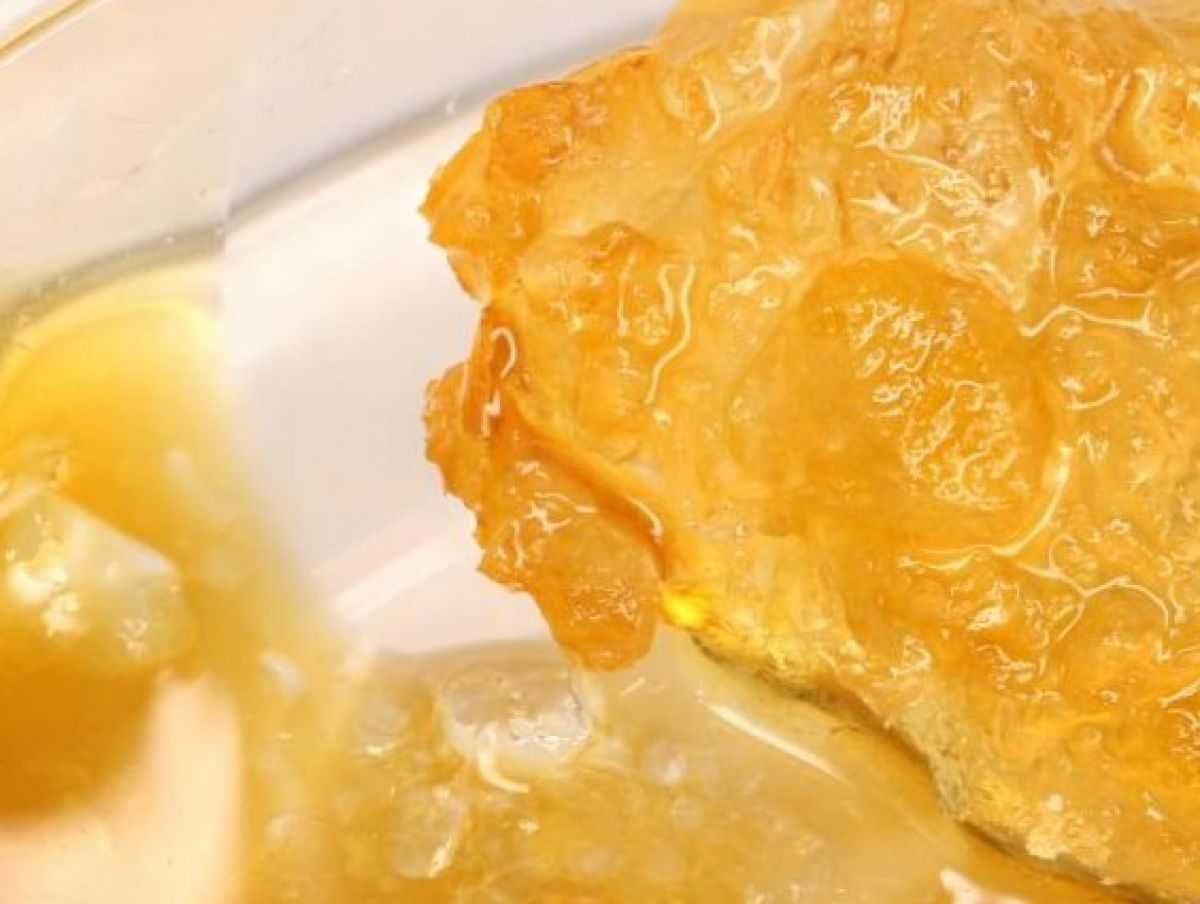Cannabis Concentrates – Label Accuracy

Cannabis Concentrates vs. Cannabis Flower
Concentrates are far more likely to be accurately labeled for THC content.
A study published in the journal Scientific Reports found 56.7% of flower products tested within 15% of their labeled THC content. 96% of concentrate products tested contained within 15% of their labeled THC content.
Researchers from the University of Colorado, Boulder, and MedPharm Holdings LLC sampled 182 flower and 99 concentrate products from 52 Colorado dispensaries in 19 counties. Four flower products were excluded from the analysis due to misprinted or absent THC potency labeling.
“Observed THC potency was significantly lower than labeled potency in both flower and concentrate products. Nearly all tested concentrate products met the accuracy threshold for THC content, whereas flower products frequently did not. Both product types had lower observed THC content compared to labeled values.” — “Accuracy of labeled THC potency across flower and concentrate cannabis products,” Scientific Reports, July 1, 2025
For flower products the mean labeled THC potency was 22.5%. The observed potency was 20.8%. For concentrates, the mean labeled THC potency was 73.0%. The observed potency was 70.7%.
The researchers note that “discrepancies between federal and state cannabis laws have resulted in varied regulation and oversight.”
Inflated THC levels reported on cannabis product labels have long been an issue in the industry, and lawsuits have been filed against cannabis companies and laboratories in Arkansas, California, and Massachusetts.
In 2020, regulators in Washington state suspended the license of Praxis Labs after finding it had falsified over 1,200 results in order to inflate THC levels. A study published last year analyzed 107 adult-use flower products collected in California, Oregon, and Colorado. Over 70% of products fell outside of a 20% accuracy threshold for THC potency. All but one of the inaccurately labeled products included inflated THC levels.